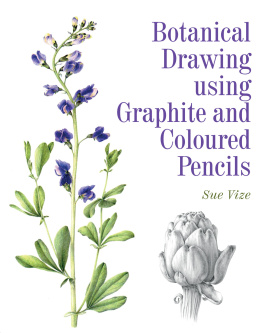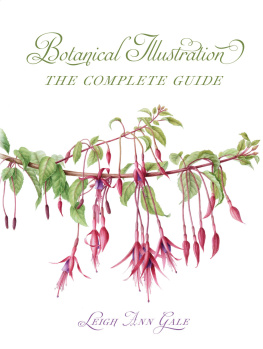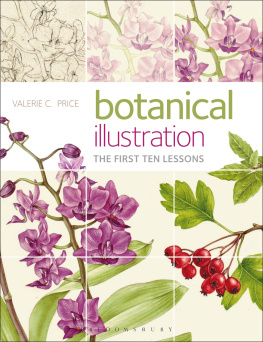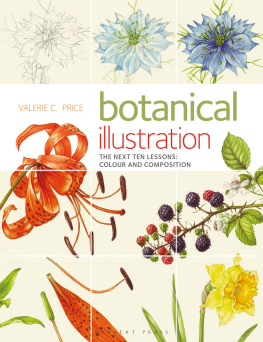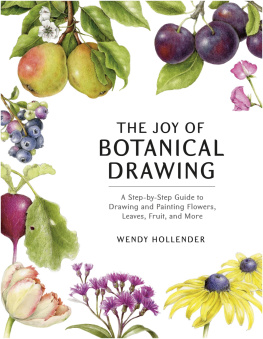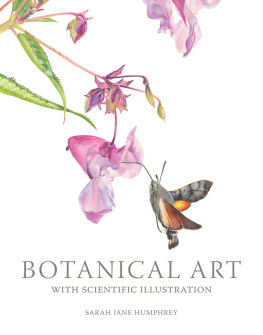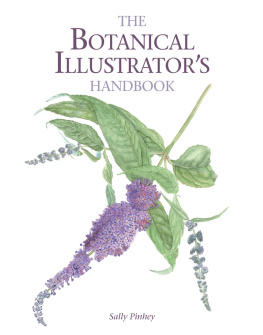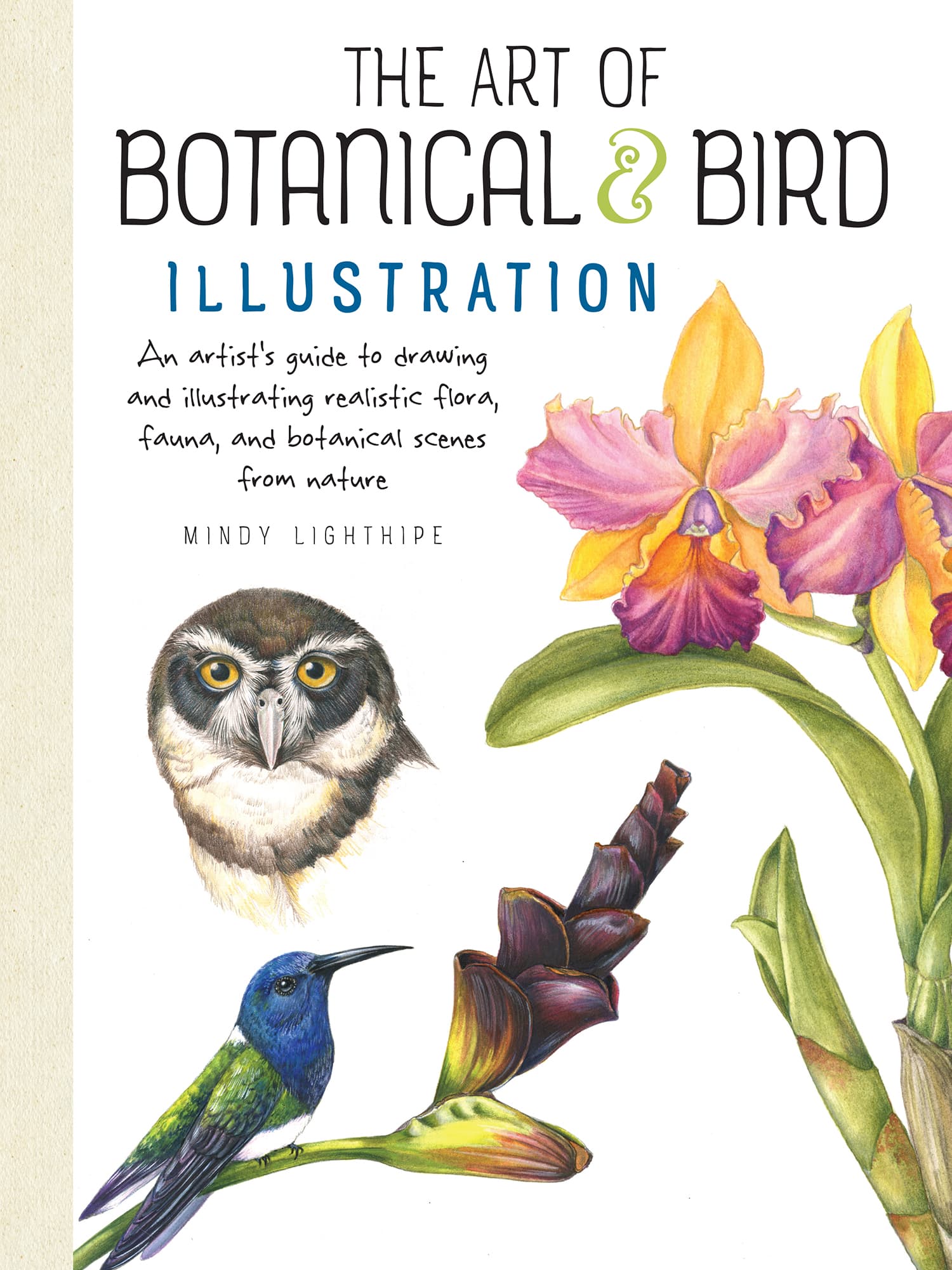Mindy Lighthipe - The Art of Botanical & Bird Illustration: An Artist’s Guide to Drawing and Illustrating Realistic Flora, Fauna, and Botanical Scenes from Nature
Here you can read online Mindy Lighthipe - The Art of Botanical & Bird Illustration: An Artist’s Guide to Drawing and Illustrating Realistic Flora, Fauna, and Botanical Scenes from Nature full text of the book (entire story) in english for free. Download pdf and epub, get meaning, cover and reviews about this ebook. year: 2017, publisher: Walter Foster Publishing, genre: Art / Computer. Description of the work, (preface) as well as reviews are available. Best literature library LitArk.com created for fans of good reading and offers a wide selection of genres:
Romance novel
Science fiction
Adventure
Detective
Science
History
Home and family
Prose
Art
Politics
Computer
Non-fiction
Religion
Business
Children
Humor
Choose a favorite category and find really read worthwhile books. Enjoy immersion in the world of imagination, feel the emotions of the characters or learn something new for yourself, make an fascinating discovery.

- Book:The Art of Botanical & Bird Illustration: An Artist’s Guide to Drawing and Illustrating Realistic Flora, Fauna, and Botanical Scenes from Nature
- Author:
- Publisher:Walter Foster Publishing
- Genre:
- Year:2017
- Rating:4 / 5
- Favourites:Add to favourites
- Your mark:
The Art of Botanical & Bird Illustration: An Artist’s Guide to Drawing and Illustrating Realistic Flora, Fauna, and Botanical Scenes from Nature: summary, description and annotation
We offer to read an annotation, description, summary or preface (depends on what the author of the book "The Art of Botanical & Bird Illustration: An Artist’s Guide to Drawing and Illustrating Realistic Flora, Fauna, and Botanical Scenes from Nature" wrote himself). If you haven't found the necessary information about the book — write in the comments, we will try to find it.
Draw and paint beautiful, vibrant, and realistic birds and botanicals with The Art of Botanical & Bird Illustration. Take a sketch and transform it into fine art!
The Art of Botanical & Bird Illustration is a guide for contemporary artists aspiring to master shape, color, and texture and render beautiful, realistic, and vibrant botanical artwork! An expert botanical artist educates you about the tools and materials traditionally used in botanical illustration, including pencils, colored pencils, watercolor, gouache, and pastels.
This thorough yet easily digestible guide includes overviews of key illustration techniques and basic color theory and mixing and is loaded with exercises designed to help you learn to see shape, value, and form. By learning to understand plant life and anatomy, you can craft elegant flowers, leaves, trees, and much more in no time!
To bring it all together, The Art of Botanical & Bird Illustration includes step-by-step demonstrations to follow along with as you practice taking sketches and transforming them into fully rendered, colorful pieces of fine art.
Mindy Lighthipe: author's other books
Who wrote The Art of Botanical & Bird Illustration: An Artist’s Guide to Drawing and Illustrating Realistic Flora, Fauna, and Botanical Scenes from Nature? Find out the surname, the name of the author of the book and a list of all author's works by series.

